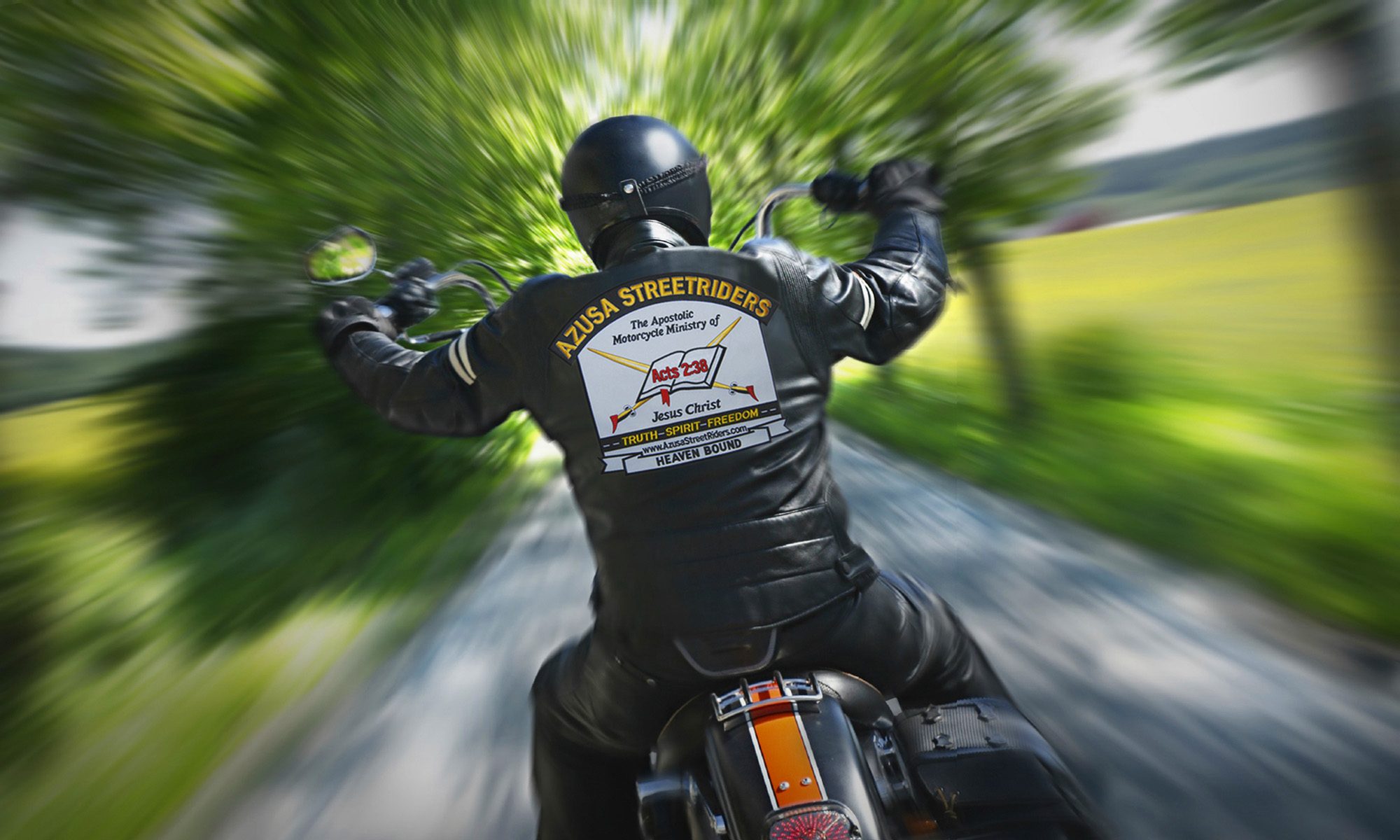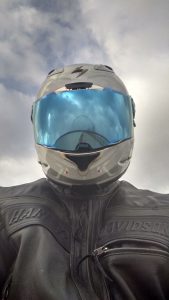I greet you in the Name of Jesus Christ
along with the church in Maryville, TN
and your local Azusa StreetRiders Chapter.
I wanted to take just a moment of your time to wish all of our Azusa StreetRiders Members, Family, Friends, Associates and Supporters a Happy New Year. Here we are once again at the brink of a new year. I roll into 2018 wondering what happened to 2017, seems like yesterday we all were standing in Watch Night Service worshiping in the New Year and now it’s but a memory.
Along with the New Year comes Resolutions, “Do-Overs” and Reboots. Seems we offer ourselves that opportunity this time of year on something that we might or might not complete or even get off the ground. Some of these attempts might go by the way side, some might stink and yet for others well it’s jump start that’s needed to pull ourselves up by the boot straps, hit the floor on our knees and come the the realization we need a closer walk with God
The concept or opportunity to start fresh is not new. The Bible says:
“For which cause we faint not; but though our outward man perish, yet the inward man is renewed day by day. For our light affliction, which is but for a moment, worketh for us a far more exceeding and eternal weight of glory; While we look not at the things which are seen, but at the things which are not seen: for the things which are seen are temporal; but the things which are not seen are eternal.” 2 Cor 4:14-16 (KJV)
Think about that for a moment; Jesus Christ has given us an opportunity to start fresh not once a year on New Years Day or like the Day of Atonement in the Old Testament but each and every day we have a fresh start available to us. So regardless if your hiking on the mountain top or crawling in the valley this opportunity is for each and every child of God regardless of your circumstance.
All we need to do is adhere to the Word of God. If we would read God’s word daily our prayer life with blossom, we will see results, our worship will glow, others will be drawn by our sincerity and the things that trouble us although present will not be prevalent in our every day lives. Jesus Christ can take a problem and give us the strength to bear and overcome that burden for as the word says it’s only for a season. In addition the word of God says
“But Jesus beheld them, and said unto them, With men this is impossible; but with God all things are possible” Matthew19:26 (KJV)
If this was not enough there are at least 14 more scriptures in the Bible with the same message about God’s ability to do “The miraculous out of the ordinary” we being the ordinary and God being God. I have always been taught that we cannot pick and choose what parts of the Bible we can believe; it’s all or nothing. So if we can believe that God created the heavens and earth by his spoken word than we MUST believe he counts the hairs on our head and knows where were at, at all times.
All we need to do is trust and if we find ourselves in that place where, on occasion, were at the end of our rope. We need to go to God for a fresh renewing of the Holy Ghost. First by prayer and repentance, than by worship and the reading of his word and lastly by knowing God has our six and loves us enough that on the day he hung on that cross we were in his mind and he saw us from our beginning to our end and yet filled us with his Holy Ghost regardless of our shortcomings and loved us enough to place a man of God our Shepard’s over us for protection.
All I can say is Thank You Jesus.
Robert Thompson
President, Azusa StreetRiders International






